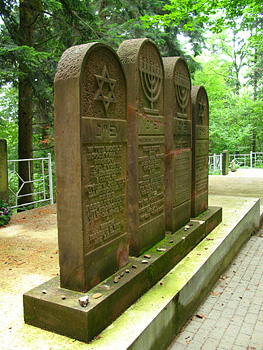The cultural heritage and history
The Cultural Heritage of the Magura National Park
A brief history of the area
During the years 1769 – 1772 the Beskid Niski Mts. were a battlefield, where the troops of the Bar Confederates fought with the army of the tsarina Catherine. Near the Grab village, in one of the battles, Kazimierz Pulaski (later a hero of the American War of Independence) was seriously wounded.
In May 1772 the Austrian army stepped into the lands of the Beskid Niski Mts. and the first partition of Poland took place.
During the Springtime of Nations many volunteers were getting through the cols of the Beskidy Mts. to reinforce the troops of general Jozef Bem.
The most bloody fights during World War I in the area of the Beskid Niski Mts. took place during the so-called “Gorlice Operation”. In the 2nd of May 1915 allied armies of Austro-Hungary and Prussia launched a military offensive, which resulted in the withdrawal of the Russian forces behind the river San. The testimony of that event are numerous military cemeteries spread along the front line from those days, which are an element of the Beskid Niski landscape.
World War II also seriously affected this region. As early as the 1st of September 1939 first skirmishes with the Slovakian troops happened, and on the 7th and 8th September a battalion of the National Defence from Rzeszow was fighting with the Nazi troops near the villages Zydowskie and Krempna. To the military conspiracy activity carried out on this area the occupier replied with the increase of terror, arrests, sending to concentration camps and executions. In 1942 a great amount of the Jewish people coming from the Wisloka basin, especially from Nowy Zmigrod, was exterminated. They were executed, inter alia, near Halbow, where a collective tomb can be found.

Collecitive Jewish tomb near the Halbow Coll (phot. Agnieszka Nowak)
In September 1944 the Red Army together with the 1st Czechoslovakian Corps fought for the Dukielska col. Opening the pass to the other side of the Carpathians cost many lives. Different trades of the military activities such as trenches, bunkers, pieces of weapons and duds can still be found.
As a result of the war activities and the turmoil, these areas has become empty. The State-owned Farms so-called PGRs were found in the 50’s, which lasted for the 90’s of the last century.


